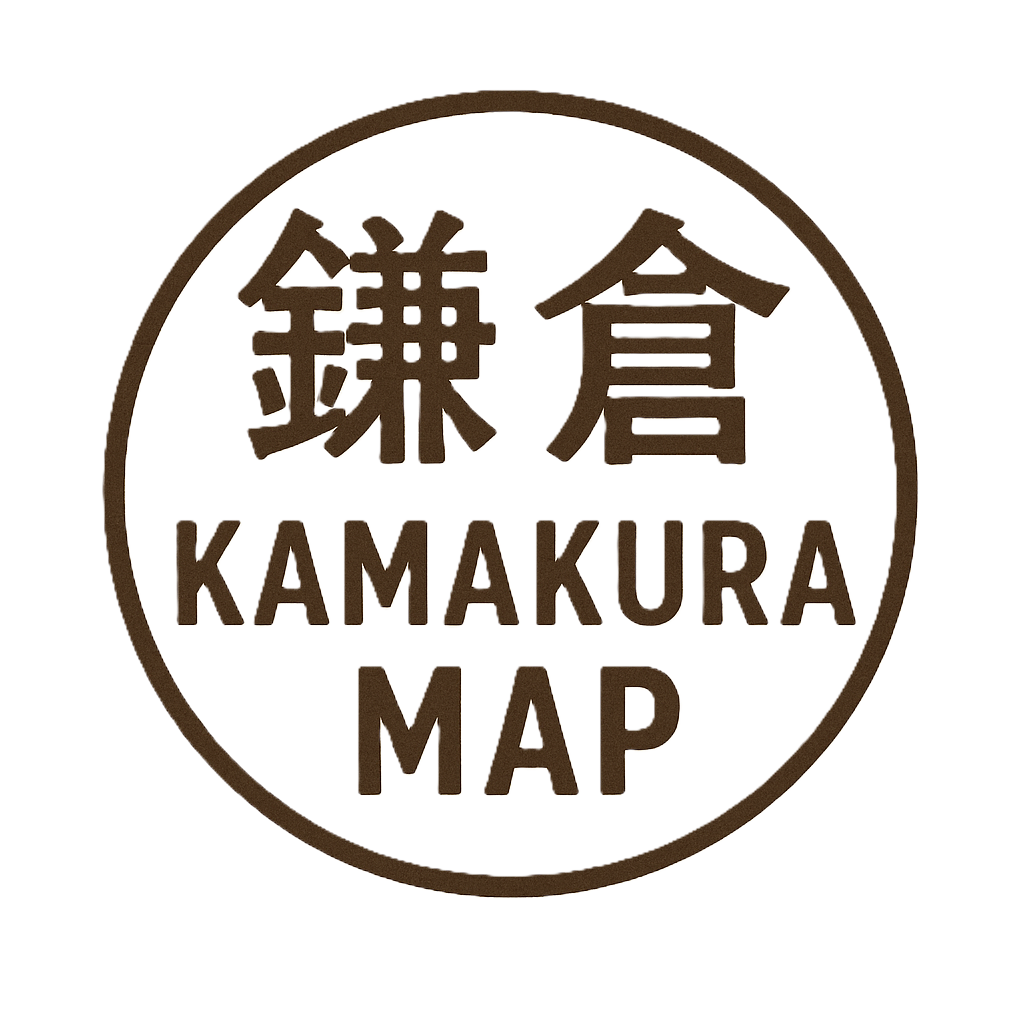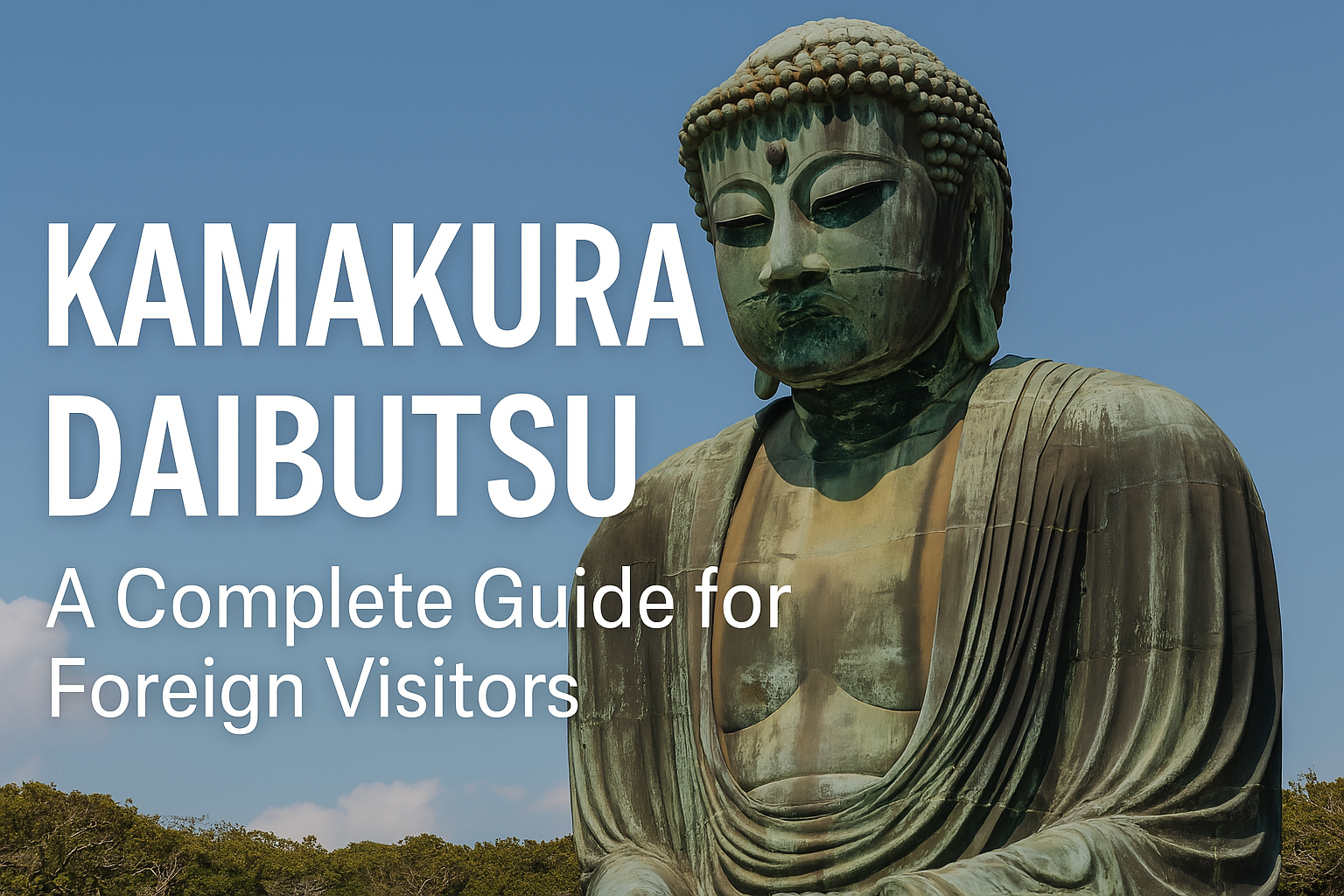- A Serene Journey Through History, Nature, and Local Delights
- What Is the Great Buddha of Kamakura?
- Step Inside the Buddha: A Unique Experience
- Highlights Within the Temple Grounds
- Nearby Attractions You Shouldn’t Miss
- How to Get There and Best Time to Visit
- Visitor Etiquette and Practical Tips
- Where to Eat: Local Food Spots in Kamakura
- Final Thoughts
A Serene Journey Through History, Nature, and Local Delights
For international visitors to Japan, the Great Buddha of Kamakura is one of the most iconic and popular sightseeing destinations. Seated calmly in the open air, this majestic statue symbolizes Japan’s rich cultural and historical heritage. Surrounded by the tranquil atmosphere unique to Kamakura, visitors can experience a deep connection to the spiritual heart of the country. This guide offers clear and helpful information about the Great Buddha, how to access it, must-see nearby attractions, and delicious local cuisine.
What Is the Great Buddha of Kamakura?
The Great Buddha is located at Kōtoku-in Temple in Hase, Kamakura City, Kanagawa Prefecture. The temple belongs to the Jōdo sect of Buddhism and is officially named Daiisan Kōtoku-in Seijōsen-ji. The bronze statue stands 13.35 meters tall and weighs approximately 121 tons, making it one of the largest and most iconic Buddha statues in Japan.
Construction began around 1252 during the Kamakura period. The original statue was crafted from wood but was later rebuilt in bronze after being damaged by natural disasters. Unlike many large statues housed indoors, the Great Buddha sits outside without a covering roof, harmonizing beautifully with the sky, trees, and seasonal flowers. In spring, cherry blossoms frame the statue; in autumn, colorful foliage adds a vibrant backdrop. It is one of Kamakura’s most recognizable and photogenic sights.
Step Inside the Buddha: A Unique Experience
One of the most memorable experiences at the Great Buddha is the opportunity to step inside the statue itself. The interior is hollow, allowing visitors to observe details of the bronze casting and the reinforcement work added during restorations. It’s a fascinating look into the craftsmanship behind this enormous structure.
Admission to the interior costs just 50 yen. Visiting hours are from 8:00 a.m. to 4:30 p.m. (last entry at 4:20 p.m.). On extremely hot summer days, access may be restricted for safety, so it’s a good idea to check Kōtoku-in’s official website before your visit.
Highlights Within the Temple Grounds
Beyond the Great Buddha, Kōtoku-in Temple offers several fascinating points of interest:
- Niōmon Gate: At the temple entrance, this imposing gate is guarded by two powerful statues that symbolize protection. They’re popular spots for photos.
- Giant Straw Sandals (Waraji): Hanging to the right of the Buddha, these were donated by children wishing for the Buddha to walk across Japan and bring happiness. The tradition continues to this day.
- Kangetsudō Hall: Located behind the Buddha, this peaceful structure houses a statue of Kannon, the Goddess of Mercy.
- Yosa Buson’s Haiku Monument: A stone marker inscribed with a haiku by the famous Edo-period poet, perfect for fans of literature and Japanese history.
Nearby Attractions You Shouldn’t Miss
There are many notable spots within walking distance of the Great Buddha:
- Hasedera Temple: Renowned for its stunning gardens and the Eleven-Faced Kannon statue. The observation deck offers panoramic sea views.
- Yuigahama Beach: A wide, sandy beach perfect for strolling or relaxing by the sea.
- Zeniarai Benzaiten Shrine: A cave shrine where visitors wash money in hopes of multiplying their wealth—a favorite among those seeking good fortune.
- Sasuke Inari Shrine: A mystical site with red torii gates lining a tranquil forest path. A perfect spot for quiet reflection and photos.
- Daibutsu Hiking Trail: This nature-filled trail offers scenic walks through forested areas, with stops at shrines and viewpoints.
How to Get There and Best Time to Visit
The Great Buddha is easily accessible via public transportation:
- From JR Kamakura Station, take the Enoden Line to Hase Station (about 7 minutes), then walk 7 minutes.
- From Fujisawa Station, take the Enoden Line to Hase Station (about 40 minutes), enjoying coastal views along the way.
- From Kamakura Station East Exit, take a bus and get off at the “Daibutsumae” stop—just a short walk to the temple.
- From Tokyo or Shinjuku, take the JR Yokosuka Line, Shonan-Shinjuku Line, or Odakyu Line (about 1 hour travel time).
Weekends and holidays can be crowded, especially during peak travel seasons. For a more peaceful visit, aim to arrive early in the morning.
Visitor Etiquette and Practical Tips
To ensure a respectful and smooth experience, keep these tips in mind:
- Temples are sacred spaces—speak quietly and dress modestly.
- Eating, drinking, and smoking are prohibited within temple grounds. Dispose of waste properly.
- Carry some Japanese yen, as many shops and temples only accept cash.
- Best seasons to visit are spring (for cherry blossoms) and autumn (for colorful leaves). June is also popular for hydrangeas.
- While many areas are wheelchair accessible, some paths include stairs. Bring a companion for support if needed.
- Pets are allowed only in carriers. Guide dogs and service animals are welcome.
Where to Eat: Local Food Spots in Kamakura
After exploring, enjoy some of Kamakura’s delicious local cuisine. Popular restaurants include:
- Kamameshi Kamakama: Hearty rice bowls with a variety of toppings.
- OXYMORON: A trendy spot known for its flavorful, spiced curry.
- bowls: Serves colorful rice bowls using fresh ingredients like avocado and shirasu (whitebait).
- Itsuki Garden: A quiet café offering homemade cakes and herbal teas.
- Matsubara-an: A traditional soba noodle restaurant in a charming old-style house.
- La Nostalgia: An Argentine restaurant serving delicious empanadas.
For even more food options, visit Komachi Street near Kamakura Station. This lively street is full of food stalls, cafés, and souvenir shops—perfect for a relaxed stroll. Popular places may get crowded, so consider going during off-peak hours or making reservations when possible.
Final Thoughts
The Great Buddha of Kamakura is a place where history, spirituality, nature, and culinary delights come together. Whether you’re admiring the peaceful statue, exploring temple grounds, hiking scenic trails, or savoring local flavors, your visit to Kamakura will be unforgettable. It’s a must-visit destination that offers something meaningful for every traveler.




コメント